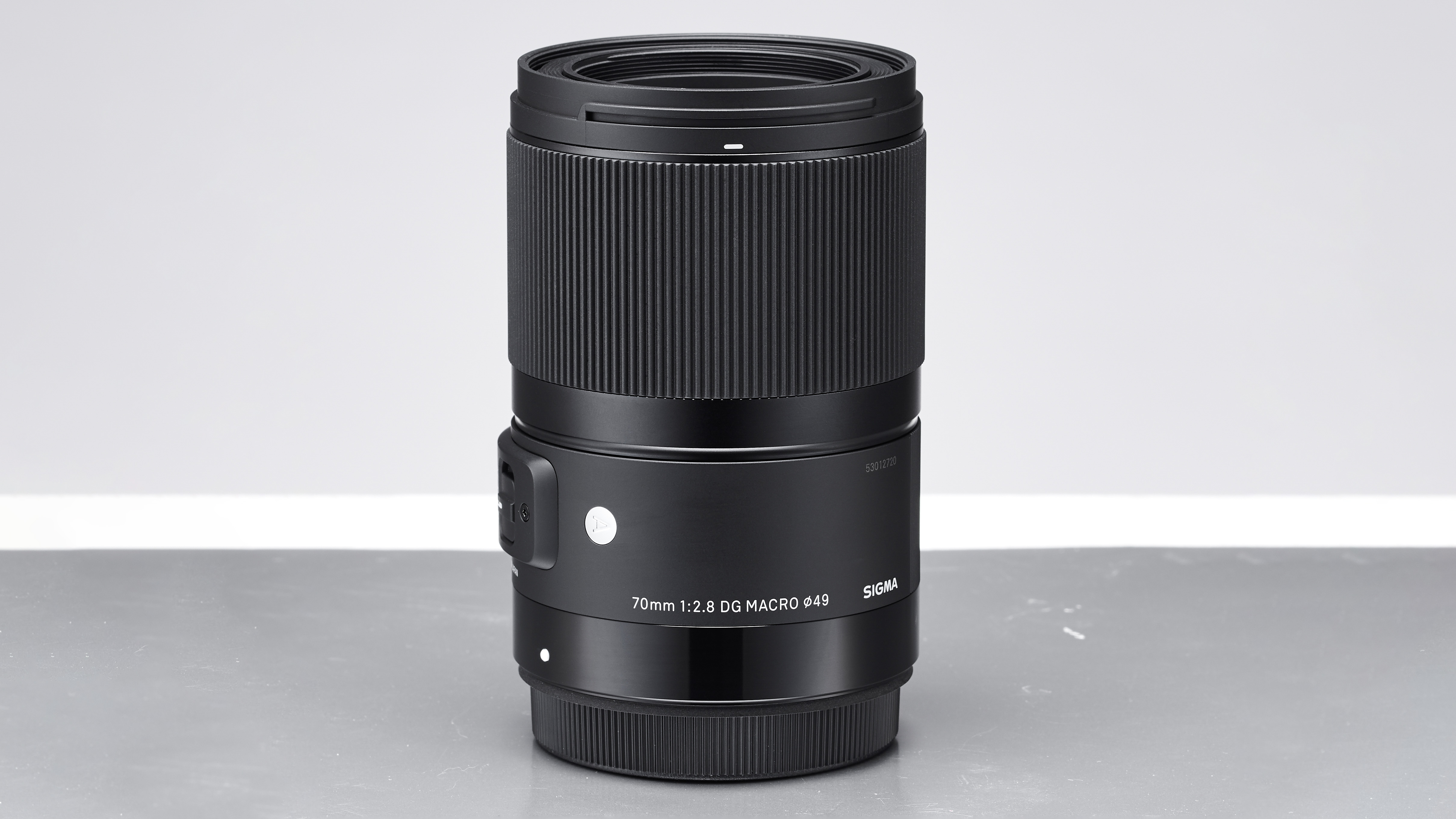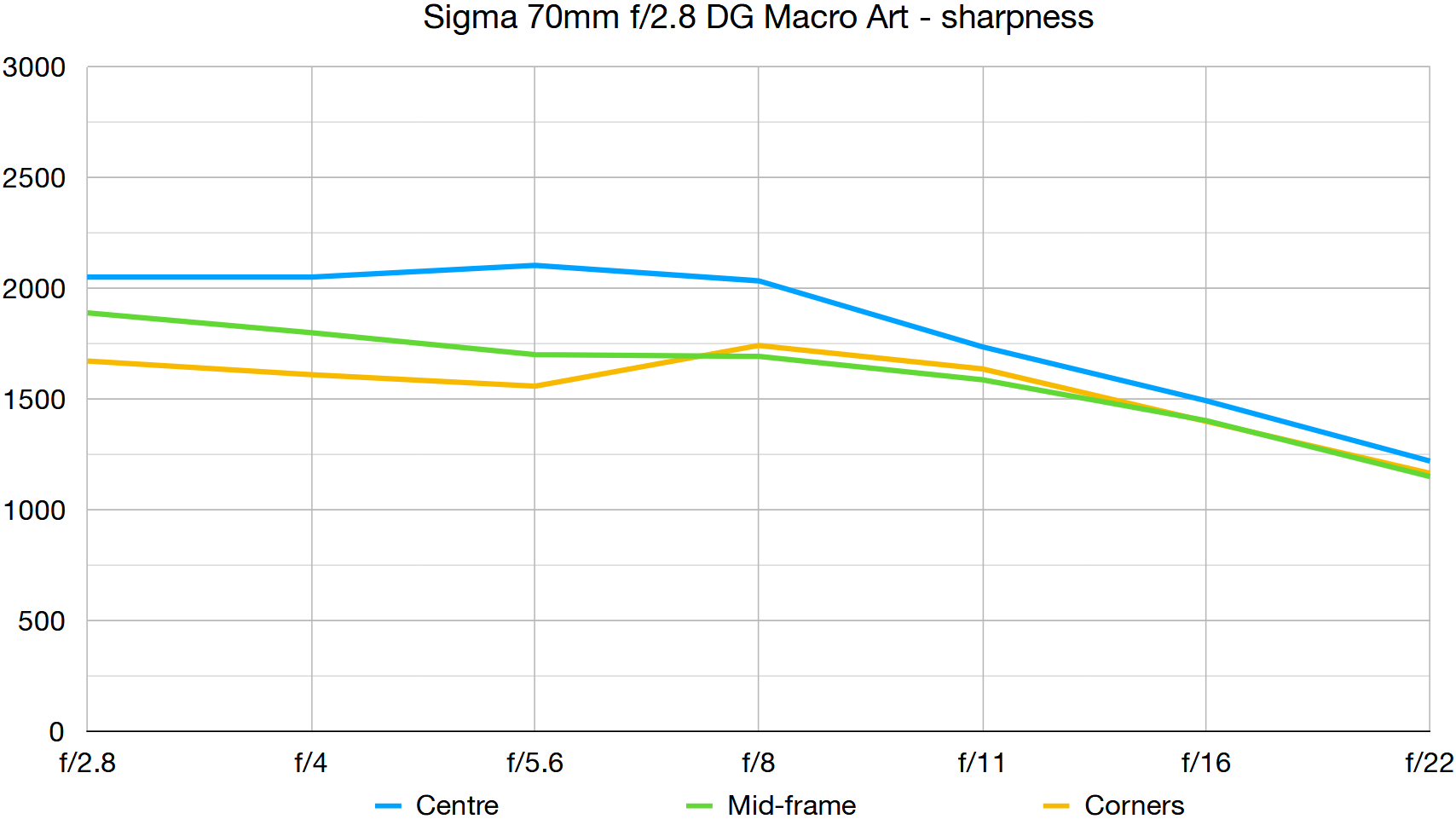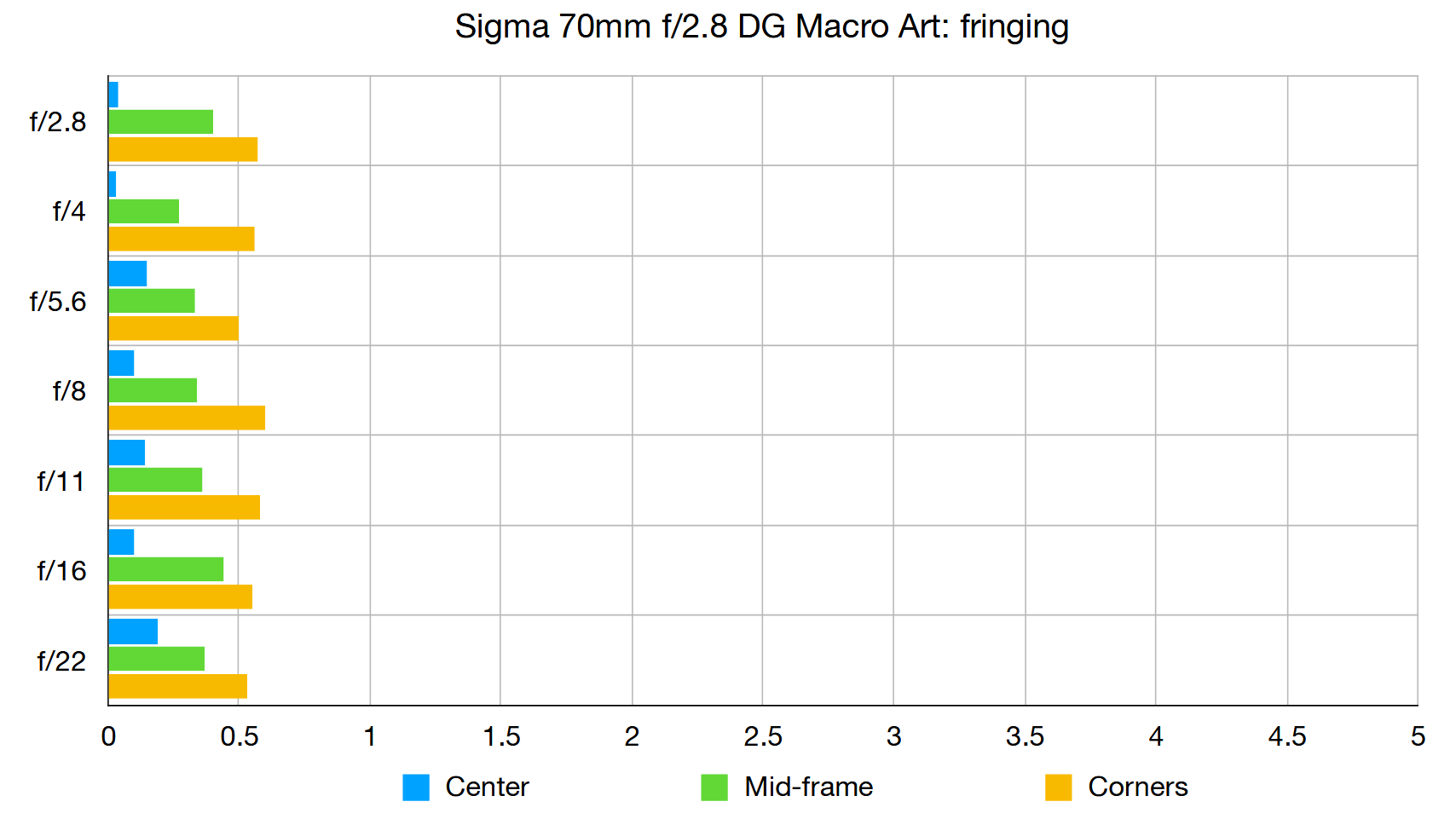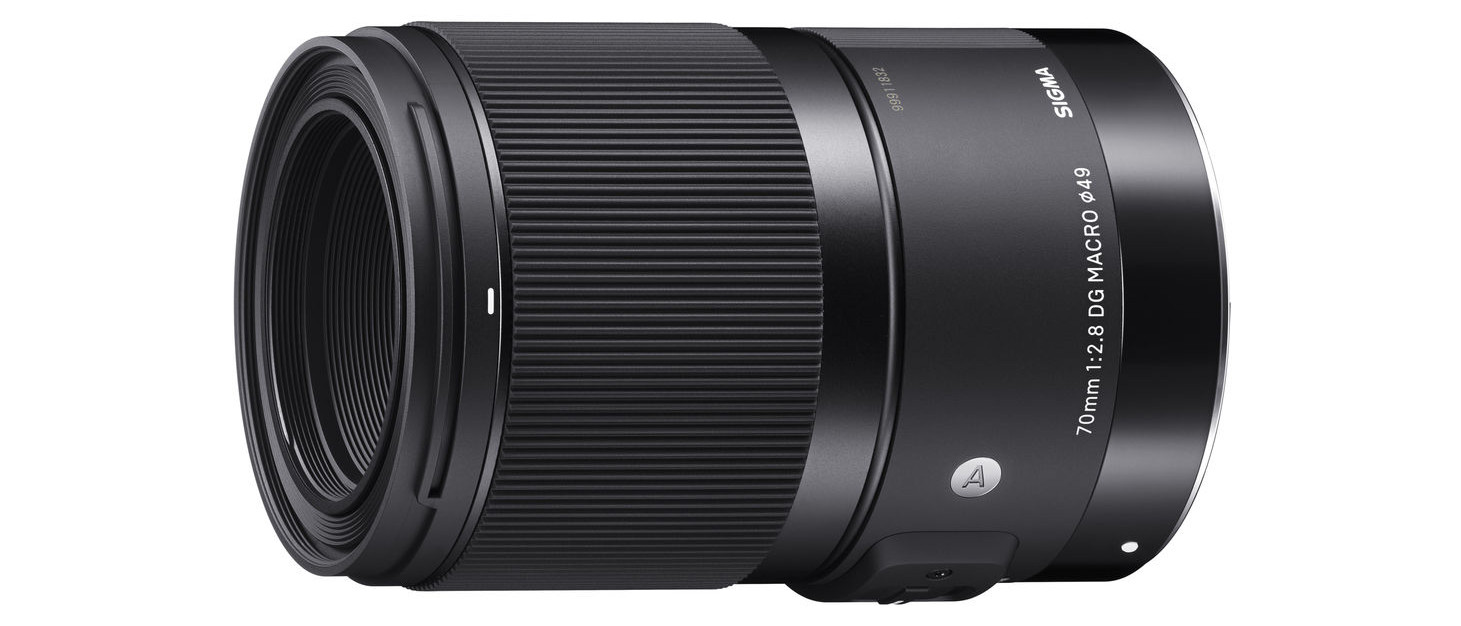Digital Camera World Verdict
This lens has a tough act to follow, as we’ve always rated the veteran Sigma 105mm f/2.8 EX DG OS HSM Macro very highly. Optically, the newer 70mm is a fabulous lens that delivers incredibly sharp close-ups with immense fine detail, complete with ultra-precise focusing. The only real drawback is that, with an extending inner barrel, the full 1.0x macro working distance is quite short at 6cm from the front of the lens to the subject.
Pros
- +
Superb image quality
- +
Ultra-precise focusing
- +
3-position autofocus range limiter switch
Cons
- -
Extending inner barrel
- -
Short macro working distance
Why you can trust Digital Camera World
The full-frame compatible Sigma 70mm f/2.8 DG Macro Art is available in Canon EF and Sigma mount options, as well as in Leica L and Sony E for mirrorless cameras. The build quality and finish of the new lens is top-class. Premium materials include Sigma’s TSC (Thermally Stable Composite) plastic and a brass mounting plate that features a weather-seal ring. The lens is compatible with Sigma’s optional USB Dock for applying fine-tuning and firmware updates, and it’s also compatible with Canon’s in-camera corrections for the likes of lateral chromatic aberration, distortion and peripheral illumination, where featured in the host body.
Specifications
Mount: Canon EF, Leica L-Mount, Sigma, Sony E
Full-frame: Yes
Autofocus: Yes
Stabilization: No
Lens construction: 13 elements in 10 groups
Angle of view: 34.3 degrees
Diaphragm blades: 9
Minimum aperture: f/22
Minimum focusing distance: 0.26m
Maximum magnification ratio: 1.0x
Filter size: 49mm
Dimensions: 71x106mm
Weight: 515g
Key features

Whereas the Sigma’s original 70mm lens had a rudimentary autofocus system based on a noisy electric motor, the new Art edition has a state-of-the-art coreless DC autofocus motor. It’s pretty quick, whisper-quiet and incredibly precise. Full-time manual override is available and, often more importantly for macro shooting, fully manual focusing works with excellent precision. This is due to the focus ring being electronically coupled, to enable ‘fly-by-wire’ manual focusing with very small increments of adjustment.
The optical design incorporates two top-grade FLD (‘Fluorite’ Low Dispersion) elements and two SLD (Special Low Dispersion) elements, along with one high refractive index element. Two aspherical elements are also incorporated, with the aim of enhancing resolution at very close focus settings.
A similarity with the 70mm older lens, and a notable difference from the 105mm, is that the new lens lacks internal focusing. As such, the inner barrel extends dramatically at shorter focus distances. Sigma claims that this is to enable the best possible performance at every shooting distance. However, the working distance from the front of the lens during full 1.0x macro shooting can feel uncomfortably tight, at just 6cm compared with the 105mm lens’s 14cm.
Performance
Contrast and center-sharpness are phenomenal between f/2.8 and f/11, and there’s impressively little drop-off towards the edges of the frame. Due to diffraction, there’s a typical fall-off in sharpness at very narrow apertures but it’s certainly no worse than in most competing macro lenses. Color fringing is entirely negligible and the lens is essentially free of any distortion. The lack of optical stabilization might be frustrating for general shooting but it would be of limited value for extreme close-ups anyway.
Lab results

We run a range of lab tests under controlled conditions, using the Imatest Master testing suite. Photos of test charts are taken across the range of apertures and zooms (where available), then analyzed for sharpness, distortion and chromatic aberrations.
We use Imatest SFR (spatial frequency response) charts and analysis software to plot lens resolution at the center of the image frame, corners and mid-point distances, across the range of aperture settings and, with zoom lenses, at four different focal lengths. The tests also measure distortion and color fringing (chromatic aberration).
Sharpness:

Levels of sharpness are outstanding, right across the entire image frame, even when shooting wide-open at f/2.8. Good news for macro photography is that they don’t drop off too badly when using the narrowest aperture of f/22.
Fringing:

Even without using the option of in-camera correction in Canon cameras, color fringing is absolutely negligible, all the way out to the extreme corners of the frame.
Distortion: -0.06
This Sigma is essentially a distortion-free lens, returning a practically perfect lab-test score.
Verdict
This lens has a tough act to follow, as we’ve always rated the veteran Sigma 105mm f/2.8 EX DG OS HSM Macro very highly. Optically, the newer 70mm is a fabulous lens that delivers incredibly sharp close-ups with immense fine detail, complete with ultra-precise focusing. The only real drawback is that, with an extending inner barrel, the full 1.0x macro working distance is quite short at 6cm from the front of the lens to the subject.
Read more:
• Best camera lenses to get
• Best Canon lenses
• Best Nikon lenses
• Best Sony lenses
Matthew Richards is a photographer and journalist who has spent years using and reviewing all manner of photo gear. He is Digital Camera World's principal lens reviewer – and has tested more primes and zooms than most people have had hot dinners!
His expertise with equipment doesn’t end there, though. He is also an encyclopedia when it comes to all manner of cameras, camera holsters and bags, flashguns, tripods and heads, printers, papers and inks, and just about anything imaging-related.
In an earlier life he was a broadcast engineer at the BBC, as well as a former editor of PC Guide.


